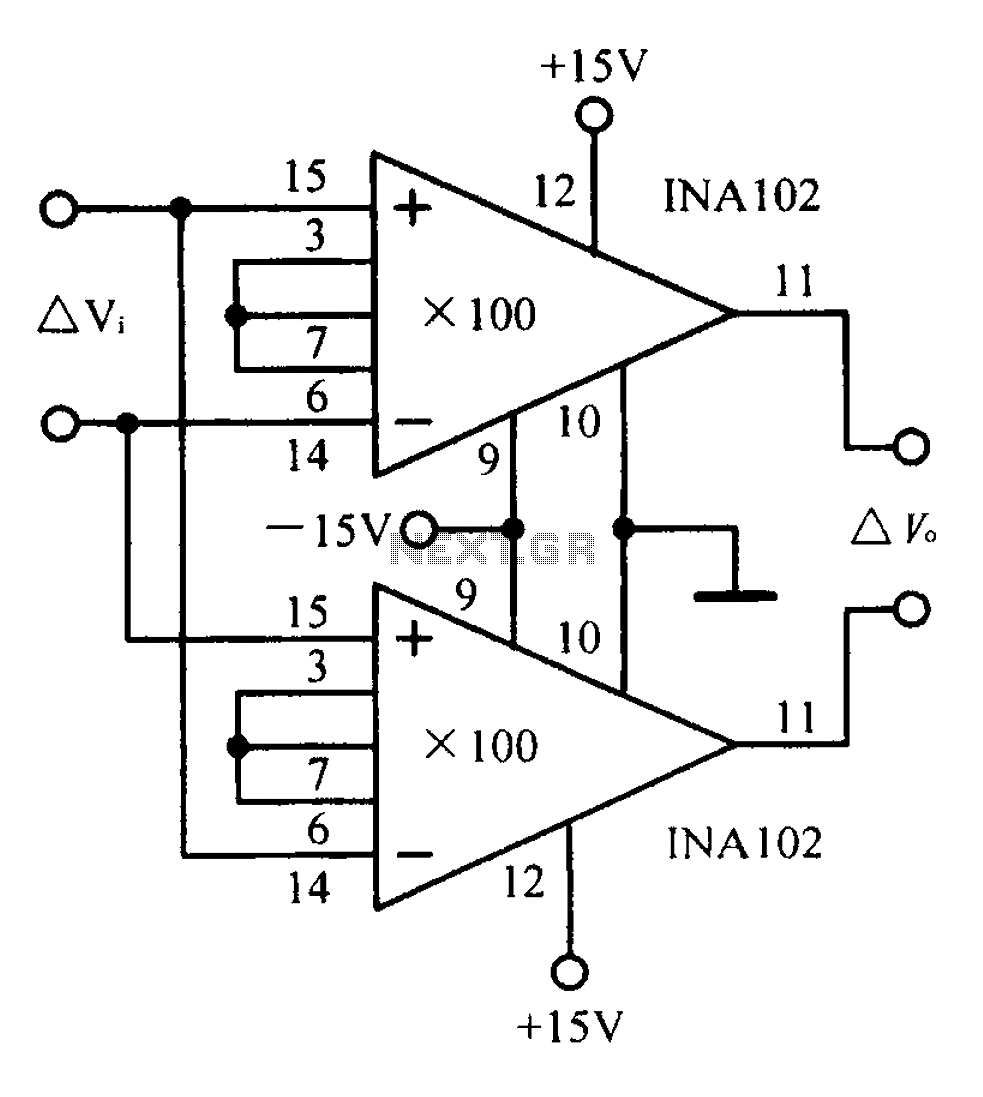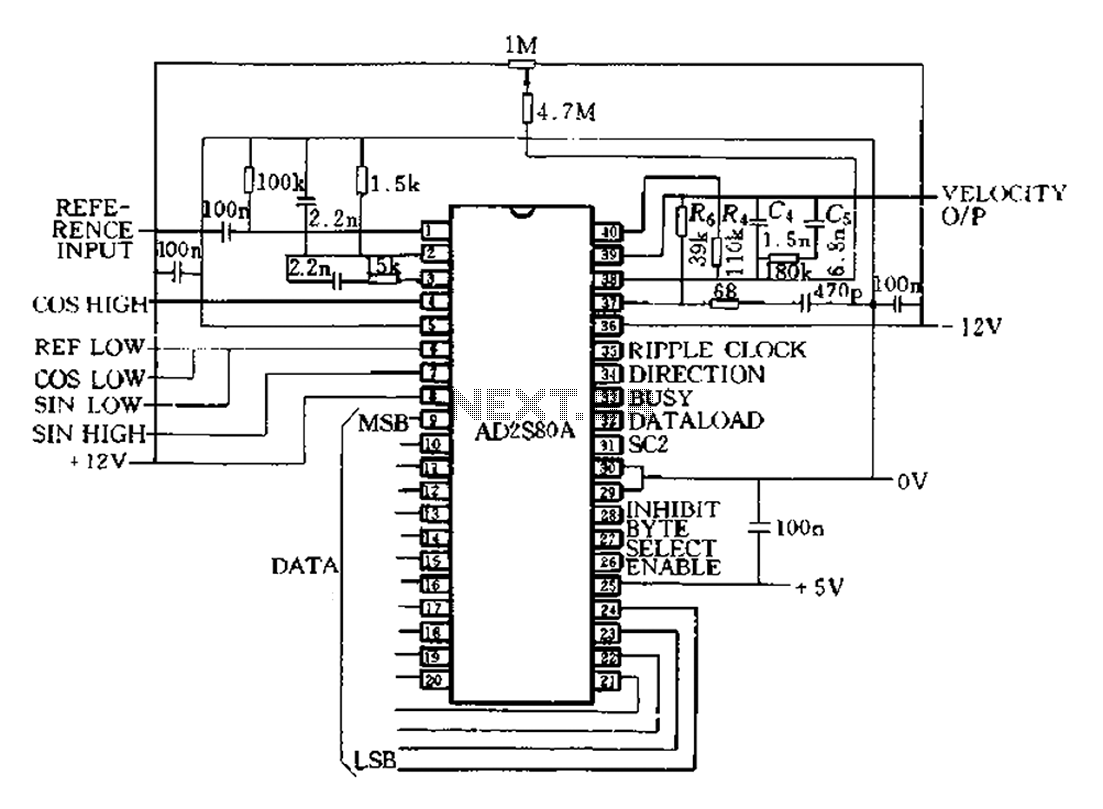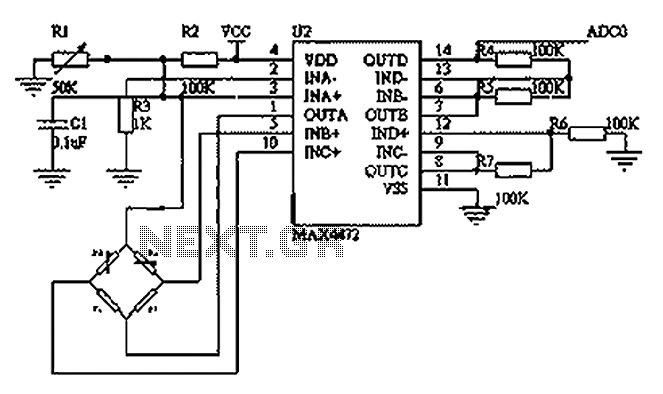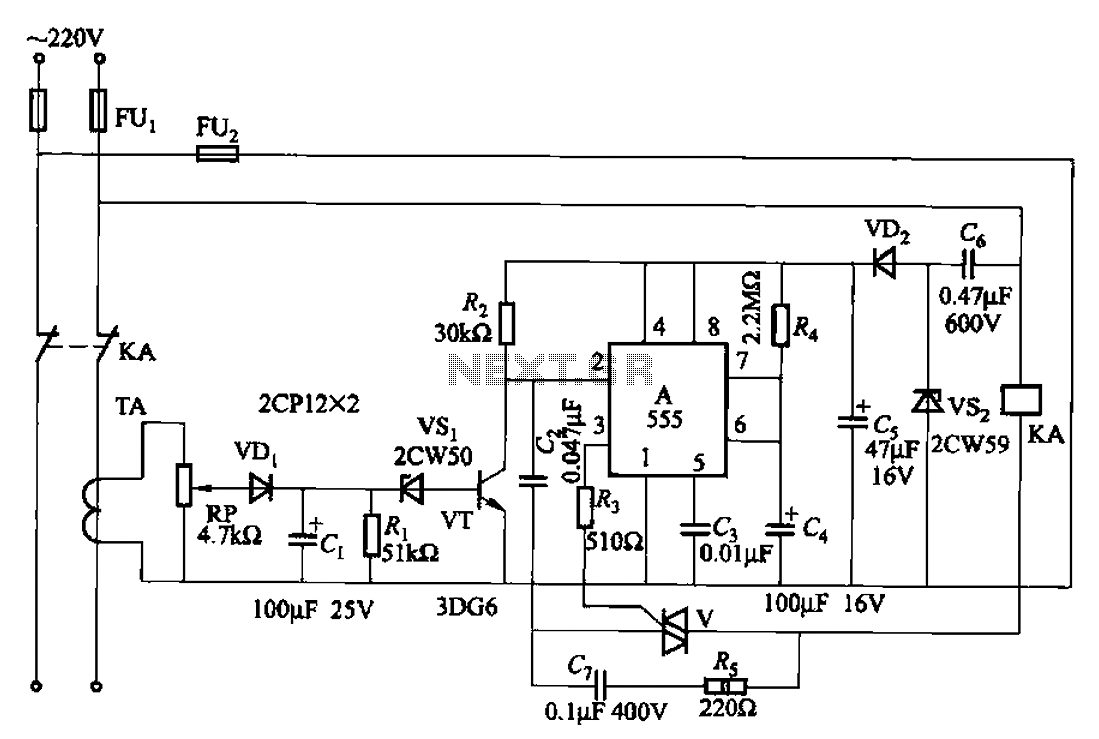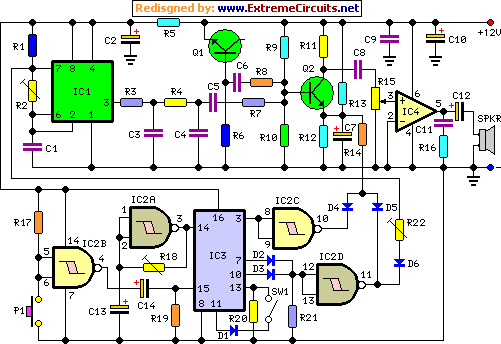
Electric car remote control circuit diagram
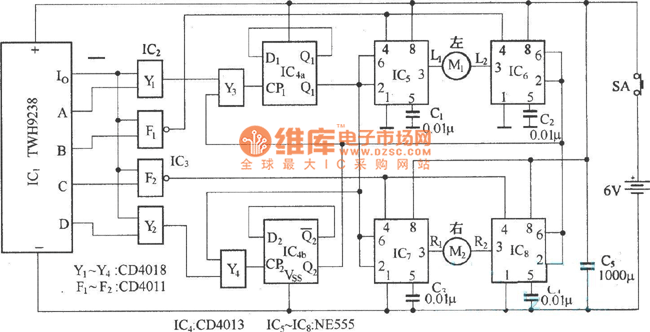
The electric car remote control circuit diagram enables the model car to move forward and backward, as well as turn left and right. It is simple and easy to operate. The radio remote control receiver demodulation circuit utilizes TWH9238 components, while the compatible remote control transmitter component is TWH9236. This design can be used for learning and reference.
The electric car remote control circuit is designed to provide a user-friendly interface for controlling a model car's movements. The circuit allows for bidirectional motion, enabling the car to move forward and backward, as well as to execute left and right turns. This versatility enhances the operational capabilities of the model car, making it suitable for various applications, such as hobby projects and educational demonstrations.
The core of the remote control functionality is based on the TWH9238 receiver module, which is responsible for demodulating the signals transmitted by the TWH9236 remote control transmitter. The TWH9238 module is designed to receive radio frequency signals, decode them, and output control signals to the motor driver circuit. The TWH9236 transmitter, on the other hand, generates and transmits the control signals corresponding to user inputs from the remote control interface.
In practical applications, the circuit can be implemented using a microcontroller to process the received signals from the TWH9238. The microcontroller can interpret the commands for forward, backward, left, and right movements, and then control the motor driver accordingly. The motor driver circuit typically consists of H-bridge configurations, which allow for the direction and speed control of the DC motors used in the model car.
The simplicity of the circuit design makes it accessible for beginners in electronics, while also providing a solid foundation for more advanced modifications. Users can explore additional features, such as speed control, obstacle avoidance, or even integrating sensors for enhanced functionality. Overall, this remote control circuit serves as an excellent educational tool and a basis for further experimentation in wireless control systems.The electric car remote control circuit diagram not only can make the model car move forward and backward, but also turn left and right turn, it is simple, easy to operate. Radio remote control receiver demodulation circuit uses TWH9238 components, the matching remote control transmitter component is TWH9236.
This can be used for learning and reference.. 🔗 External reference
The electric car remote control circuit is designed to provide a user-friendly interface for controlling a model car's movements. The circuit allows for bidirectional motion, enabling the car to move forward and backward, as well as to execute left and right turns. This versatility enhances the operational capabilities of the model car, making it suitable for various applications, such as hobby projects and educational demonstrations.
The core of the remote control functionality is based on the TWH9238 receiver module, which is responsible for demodulating the signals transmitted by the TWH9236 remote control transmitter. The TWH9238 module is designed to receive radio frequency signals, decode them, and output control signals to the motor driver circuit. The TWH9236 transmitter, on the other hand, generates and transmits the control signals corresponding to user inputs from the remote control interface.
In practical applications, the circuit can be implemented using a microcontroller to process the received signals from the TWH9238. The microcontroller can interpret the commands for forward, backward, left, and right movements, and then control the motor driver accordingly. The motor driver circuit typically consists of H-bridge configurations, which allow for the direction and speed control of the DC motors used in the model car.
The simplicity of the circuit design makes it accessible for beginners in electronics, while also providing a solid foundation for more advanced modifications. Users can explore additional features, such as speed control, obstacle avoidance, or even integrating sensors for enhanced functionality. Overall, this remote control circuit serves as an excellent educational tool and a basis for further experimentation in wireless control systems.The electric car remote control circuit diagram not only can make the model car move forward and backward, but also turn left and right turn, it is simple, easy to operate. Radio remote control receiver demodulation circuit uses TWH9238 components, the matching remote control transmitter component is TWH9236.
This can be used for learning and reference.. 🔗 External reference
